A binge drinking study by Origins Recover, an addiction treatment facility, found that one-fifth of American adults spend almost $4.4k annually in bars and binge drinking. While drinking is heavily accepted in America, even the most minor amounts of alcohol are known to have effects on your brain and nervous system.
The facility researchers referred to Mental Health America’s (MHA) Adults with Substance Use Disorder 2023 ranking and CDC’s Behavioural Risk Factor Surveillance System (2022) reports to create a ranking list of states that have the highest percentage of heavy drinkers.
So, let’s look at the states whose residents are most likely to over-indulge or demonstrate a substance use disorder.
North Dakota

- Percentage of heavy drinkers- 23.9%
Over the past five years, the number of people who died due to alcohol-related crashes is 203, which is a concerning number. According to the Origins Recover study, heavy drinkers in North Dakota spend upwards of $4,215 per year on alcohol, with a bar pint costing $5.45.
As a primarily rural state with a heavy reliance on agriculture and energy industries, North Dakota residents may experience prolonged periods of isolation, harsh weather conditions, and economic fluctuations. These stressors, combined with a culture that often normalizes alcohol consumption as a coping mechanism, could foster a higher prevalence of heavy drinking.
Montana

- Percentage of heavy drinkers- 23.4%
In 2023, Montana’s five-year average number of deaths due to alcohol was 228. Where 162 were males over 21 and 11 were under 21. The number of females over 21 was 66, and underage was 6. Plus, the death rate has been constantly increasing over the past decade. As per the study, nearly one-fifth of residents (19.2%) accept that they have a substance abuse problem. The binge drinking habit costs them $4,680 per year, or a huge $90 a week.
Iowa

- Percentage of heavy drinkers- 22.6%
According to a report of IDPH, between the years 2008 and 2019, the death cases in Iowa related to alcohol consumption increased by more than 73%. These fatalities often stem from accidents, liver disease, and other alcohol-induced health complications. In the state, males over the age of 45 are twice as likely to die an alcohol-involved death than women. Iowa’s relatively low cost of living and accessible alcohol distribution might influence consumption patterns. The study shows that the 22.6% spend almost $3,705 on alcohol each year.
Wisconsin
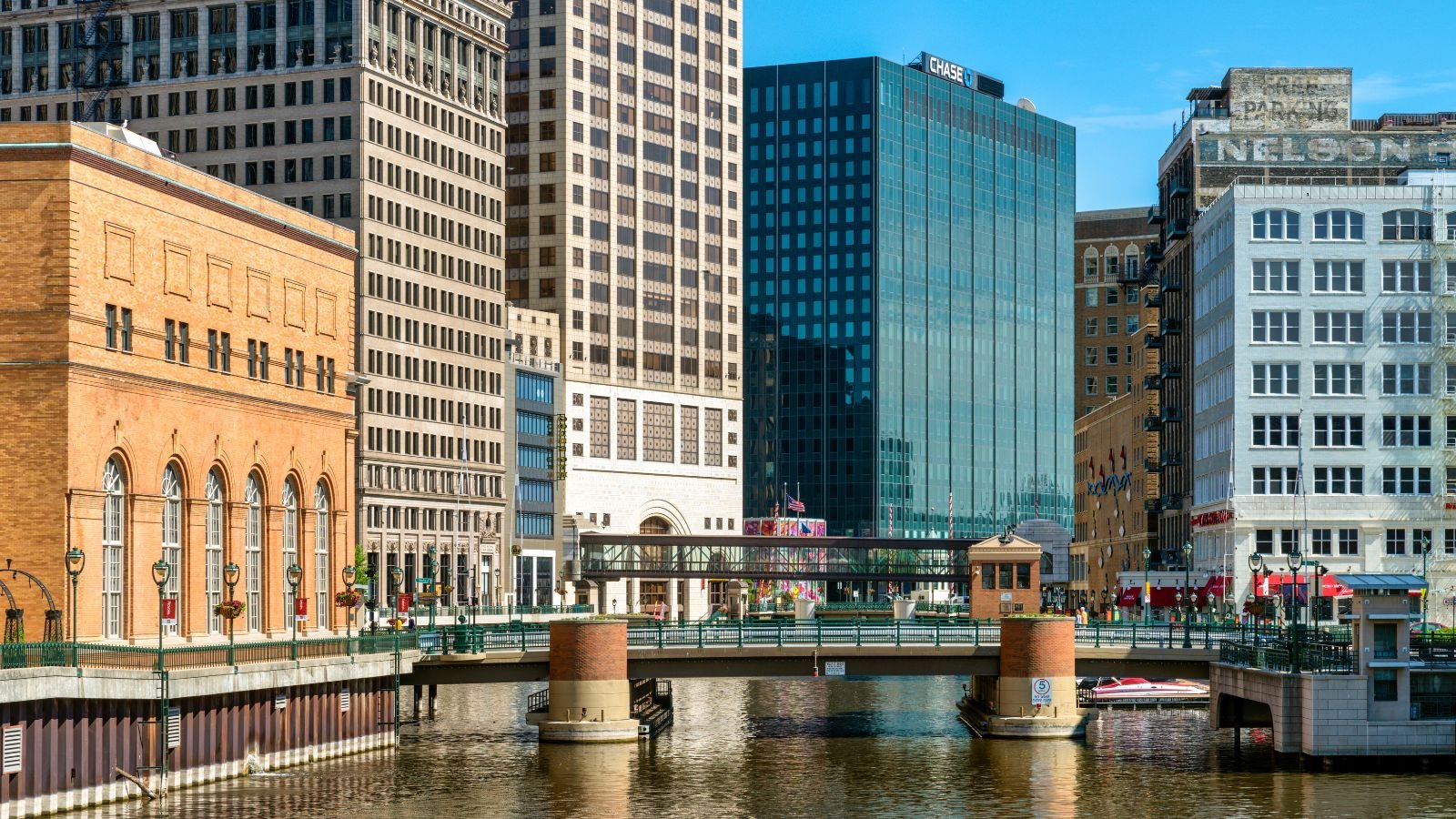
- Percentage of heavy drinkers- 21.6%
Wisconsin is known for its beer culture and is home to some of the most famous breweries in the US. This could be a big contributor to the high alcohol consumption rates of the state. As per the study, the heavy drinkers of this state spend $4,095 per year on booze. In 2020, in Milwaukee County alone, 1300 people were arrested for operating intoxicated. Not only adults but underage drinking is also a big problem in Wisconsin. 28.5% of male high schoolers in the state are victims of alcohol use, while the percentage for female high schoolers is 25.4%. Most of these students belong to the 11th grade.
Minnesota
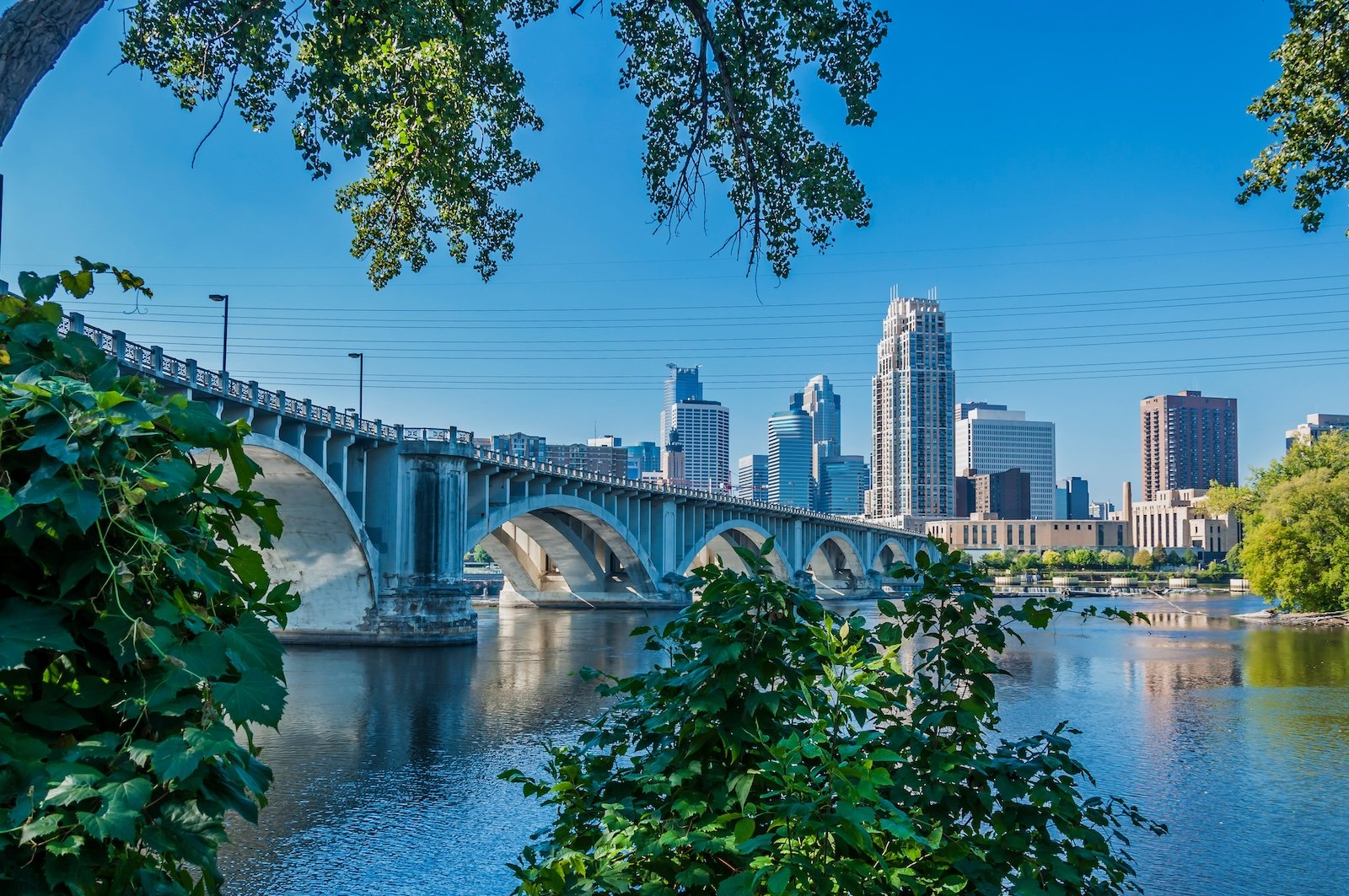
- Percentage of heavy drinkers- 21.2%
In 2021, 59.5% of the adults in Minnesota were reported for alcohol consumption, while 17.9% of them accepted binge drinking. The numbers showed a higher percentage of males involved in binge drinking compared to women. In the same year, 1,162 people died due to excessive drinking. It was the 9th leading cause of death in the state in 2021. The heavy drinkers reportedly spend around $5,460 per year on alcohol. The state’s long, harsh winters and a culture that often revolves around indoor activities, combined with a strong Scandinavian heritage known for its social drinking traditions, may contribute to higher alcohol consumption.
Colorado
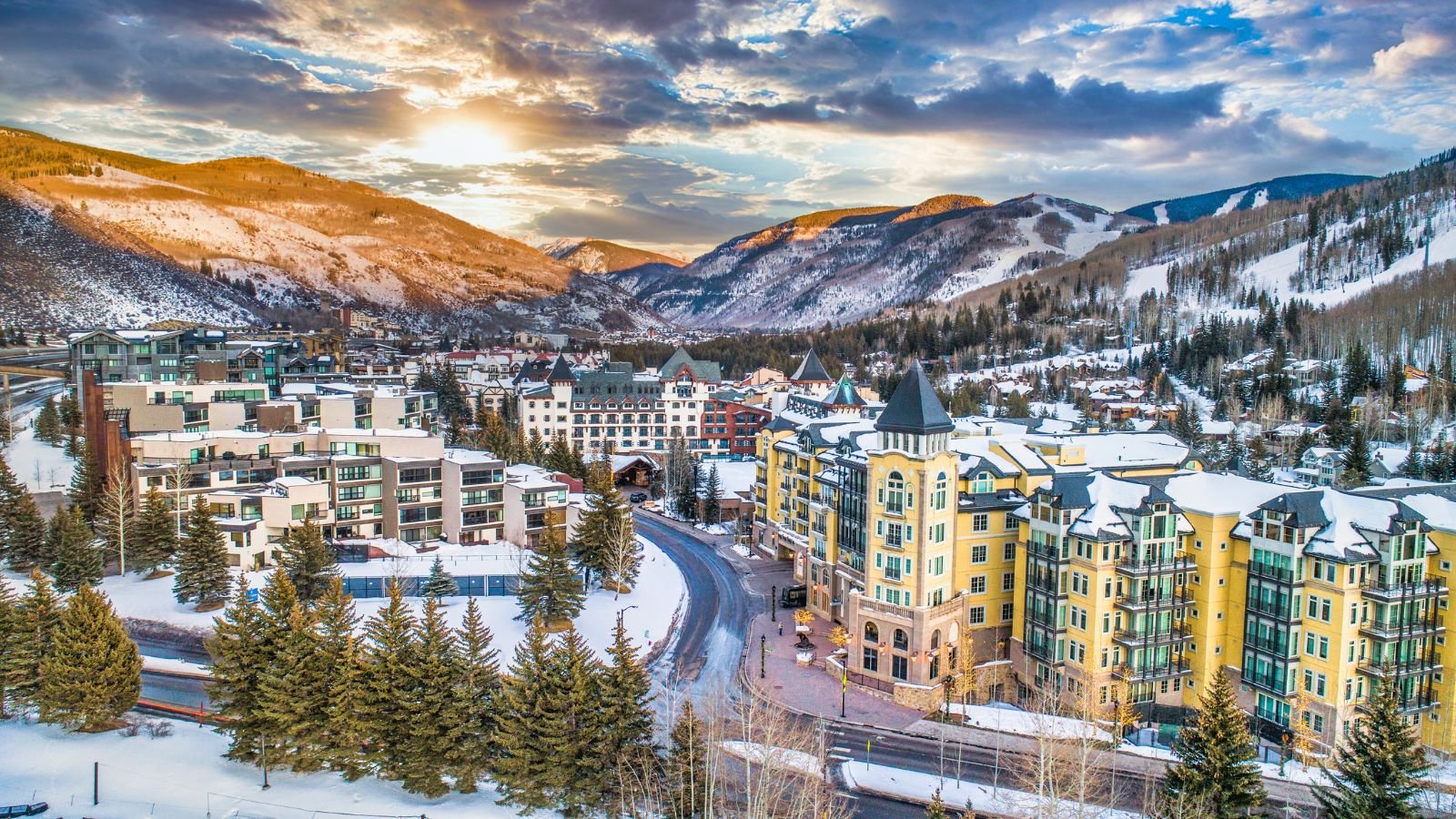
- Percentage of heavy drinkers- 20.7%
The study shows that the heavy drinkers of Colorado annually spend around $5,850 per year on alcohol. After the pandemic, the alcohol death rates in Colorado have been spiking in a concerning pattern. The drinking death percentage spiked 60% between 2018 and 2021. In 2022, more than 1500 people died due to excessive alcohol consumption. While this is a slight decline from the previous year, it is still 50% higher than the pre-pandemic settings. According to the Colorado Department of Transportation, 1 out of 3 traffic deaths in Colorado involve paired drivers who were driving under the influence of alcohol.
Vermont

- Percentage of heavy drinkers- 20.5%
The binge drinkers in Vermont splurge $5,070 per year on booze. The number of alcohol-related deaths in Vermont between 2017 and 2021 increased by 36%. Counties like Orleans, Caledonia, Rutland, and Bennington were recorded as the hotspots for these death cases. It was also found that the number of alcohol abuse deaths is higher in the rural areas under which 11 Vermont counties fall. In fact, in the Northeast Kingdom Human Services in St. Jhonsburry, substance use disorder is the number one diagnosis.
Nebraska

- Percentage of heavy drinkers- 20.5%
According to the study, the heavy drinkers in Nebraska spend almost $3,315 annually on alcohol. Between 2015 and 2019, the state had a total of 720 alcohol-related death cases, among which 3.1% were under the age of 21. 22.5% of adults in Nebraska binge drink at least once per month, where the median drink per binge is 5.6. At the same time, active drinkers consume an average of 8 drinks per binge. The state’s predominantly rural character, with its challenges of isolation and economic fluctuations tied to agriculture, may contribute to higher rates of alcohol consumption as a coping mechanism. Furthermore, Nebraska’s culture of hard work and resilience might normalize alcohol use as a reward or stress reliever.
South Dakota
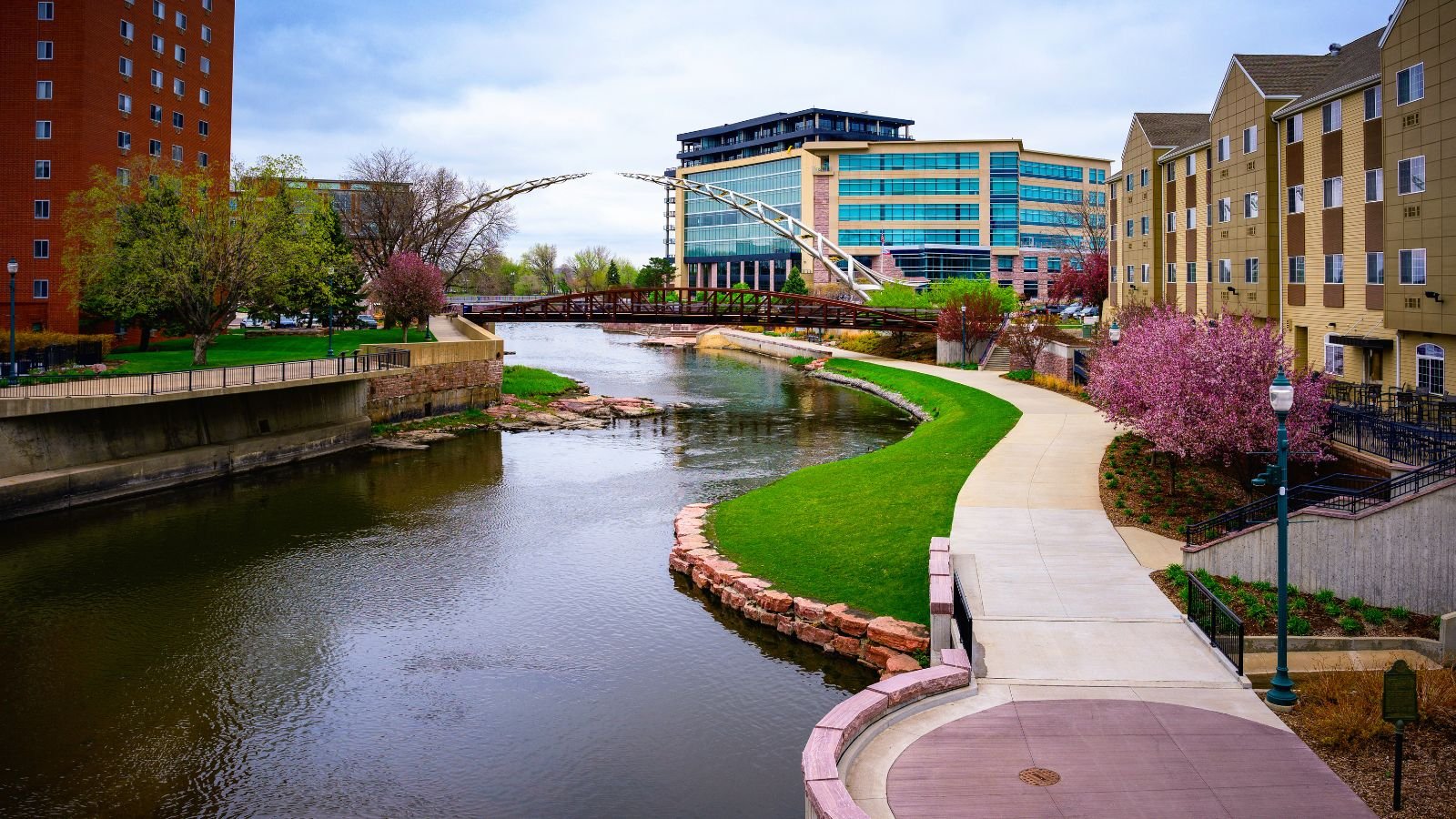
- Percentage of heavy drinkers- 20.3%
The alcohol death cases in South Dakota between 2015 and 2019 were 463, where 3.9% of the cases were of underage people. 66.1% of people in South Dakota who die from alcohol abuse are men, and the majority of them are aged 35 or older. The state’s relatively low cost of living and accessible alcohol distribution also play a role in the overall consumption patterns. The low cost of living in the state could be a reason why heavy drinkers could spend almost $3,315 per year on alcohol.
Missouri

- Percentage of heavy drinkers- 20.2%
An average of 2877 annual deaths occur in Missouri due to excessive alcohol consumption. In the state, the majority of alcohol-related death cases involve underage drinkers.
According to the study, the binge drinkers of Missouri drop around $4,680 annually on booze. The state’s blend of urban and rural areas, coupled with its historical ties to bourbon and a culture that often revolves around social drinking, may contribute to higher alcohol consumption rates.
Oregon
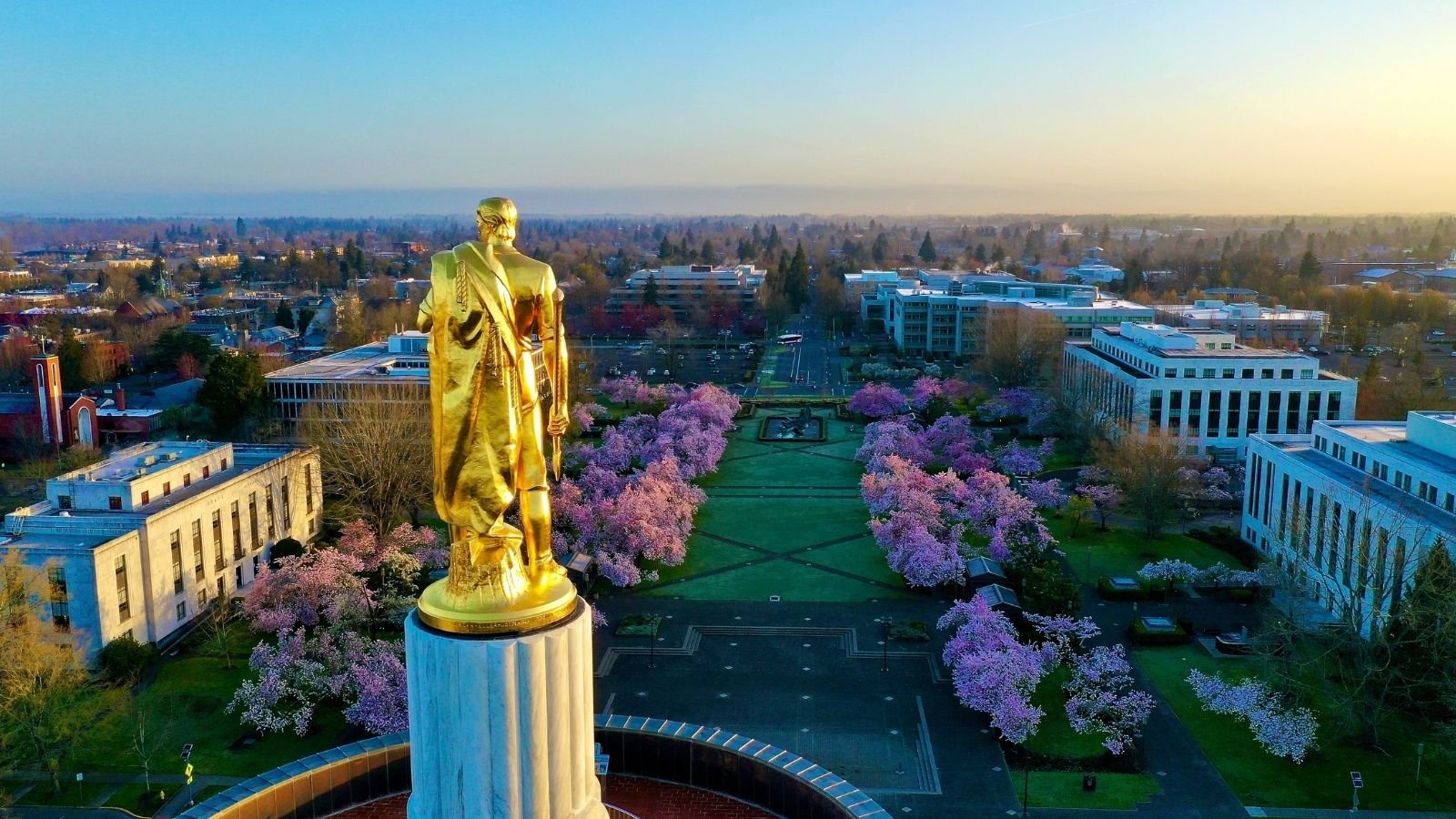
- Percentage of heavy drinkers- 20.1%
Oregon has an annual average of 2186 deaths due to alcohol overconsumption. The numbers increased by 44.2% between 2015 and 2019. Yet the binge drinkers spend almost $5,460 on alcohol every year. The state’s outdoor recreation culture and the challenges of seasonal isolation in certain regions might contribute to higher alcohol consumption. Additionally, Oregon’s legal cannabis industry could potentially interact with alcohol consumption patterns in complex ways.
Wyoming

- Percentage of heavy drinkers- 20%
Despite being the last on this list, Wyoming has the nation’s highest rate of alcohol-related deaths per capita. The heavy drinkers in Wyoming spend $3,120 annually on alcoholic drinks.
The state’s vast, sparsely populated areas, combined with the challenges of the energy industry and agriculture, may contribute to social isolation and the use of alcohol as a coping mechanism.
